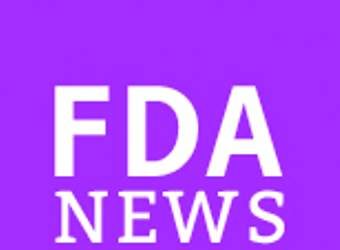AT THE AUA ANNUAL MEETING
NEW ORLEANS (FRONTLINE MEDICAL NEWS) – Men with cardiac problems appear to have a high rate of symptomatic hypogonadism, according to a study conducted in one of the nation’s largest cardiology practices.
Low testosterone was seven times more prevalent among those patients than among the general population, Dr. Tobias Köhler said at the annual meeting of the American Urological Association.
Erectile dysfunction – untreated in most cases – along with benign prostatic hypertrophy and lower urinary tract symptoms were highly prevalent among these patients. These findings raise an important question for cardiologists, said Dr. Köhler, who is chief of the division of male infertility at the Southern Illinois University’s Fertility and IVF Center in Carbondale.
“Does this mean we should be screening cardiac patients for hypogonadism and these other issues? The results of this study suggest that we should. We have an opportunity to intervene early here.”
Dr. Köhler conducted the CUPID (Cardio-Urologic Pathology/Prevalence Interplay Determination) study in a large group cardiology practice and assessed symptomatic hypogonadism and urologic symptoms in patients who presented to the cardiology service. He queried patients using the international index of erectile function questionnaire (IIEF), the international prostate symptom score, and the ADAM low testosterone survey. He also obtained measures of cholesterol, total testosterone, free testosterone, and the testosterone/estradiol ratio. Men were considered biochemically hypogonadal if the total testosterone was below 300 ng/dL; the calculated free testosterone was below 6.5 ng/dL; and the ratio was below 10.
He enrolled 200 patents, mean age 67 years. The mean body mass index was 32 kg/m2. Mean total testosterone was 310 ng/mL, but the range was wide (32 ng/dL to 1,156 ng/dL). Sex hormone binding globulin averaged 42 nmol/mL and calculated free testosterone was 5.4 mg/dL.
More than half of the men were below the lowest reference range in total testosterone (54%), calculated free testosterone (79%), and free testosterone (70%).
About 72% of these men also had symptoms of low testosterone. “This is a sevenfold increase in symptomatic hypogonadism over the general population,” Dr. Köhler said.
Many men had erectile dysfunction, a finding that increased with age. By standards of the National Health and Nutrition Examination Score, 15% of those aged 40-59 years had ED – a significantly increased risk ratio of 3.2 compared to the general population. For older men the rate was still higher, although not significantly so.
“The vast majority of these men were untreated medically,” and had never tried any other form of intervention, Dr. Köhler said. “This is clearly an undertreated population. It represents a big treatment gap and a window of opportunity to treat ED in young men with heart disease.”
With regard to lower urinary tract symptom scores, Dr. Köhler found that low testosterone was primarily associated with storage symptoms. About 25% of those with low testosterone levels had symptoms of frequency and urgency compared with 15% of those with normal levels of testosterone. It was also associated with incomplete voiding.
“A 4-point worsening in storage symptoms was associated with a decrease in calculated free testosterone of 0.88 ng/dL,” he said. Age and body mass index were also significantly associated with low testosterone.
However, erectile dysfunction was not significantly related to low testosterone levels. The only independent predictors for ED were age and the patient’s total number of medications. Similarly, there was no significant relationship between low levels and ejaculatory function; this was predicted only by the IIEF score, coronary artery bypass grafting, and antidepressants.
Dr. Köhler’s work has inspired the cardiology practice to participate in a number of changes. “They have amended their review of symptoms to include questions about erectile dysfunction, and we are now also participating in the ZEN trial – the first-in-man study of pudendal artery stents for ED. It looks like we can cure ED with these – in the right patients.”
He also has continued CUPID as a prospective cohort study that will follow the group. “Some of these men will elect testosterone replacement and some will not. This gives us a great opportunity to assess cardiac outcomes and interventions – I’m especially interested in the role of exercise.”
Dr. Köhler had no financial disclosures.




